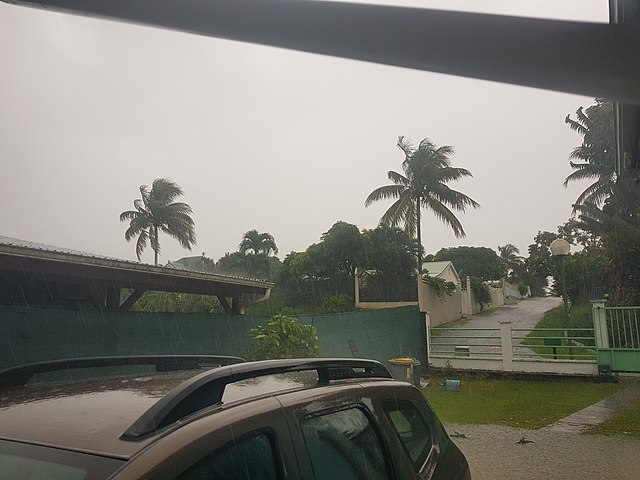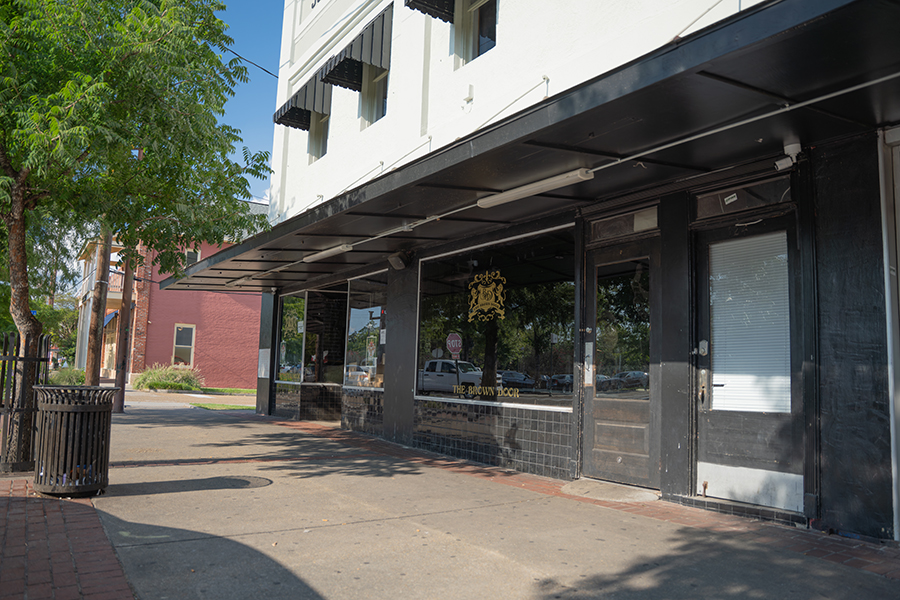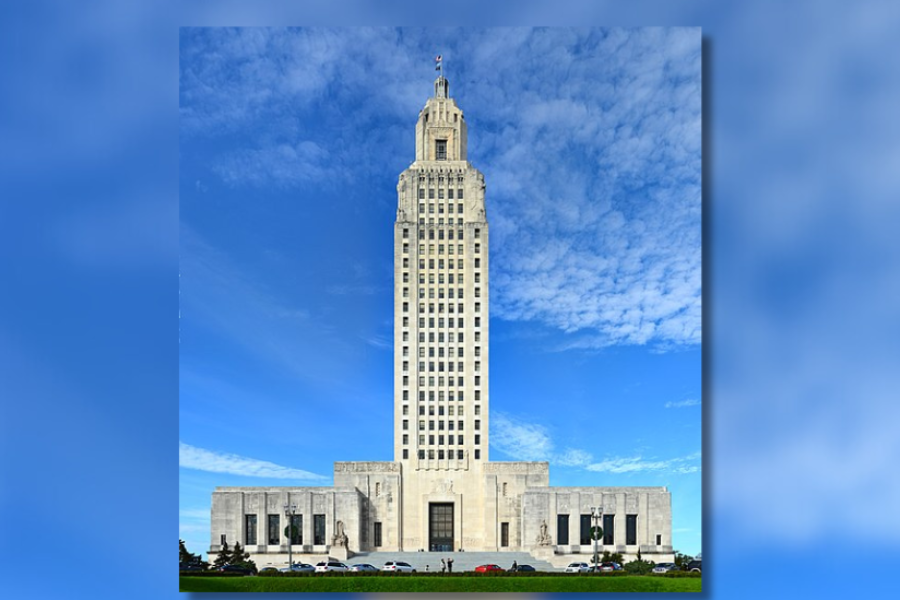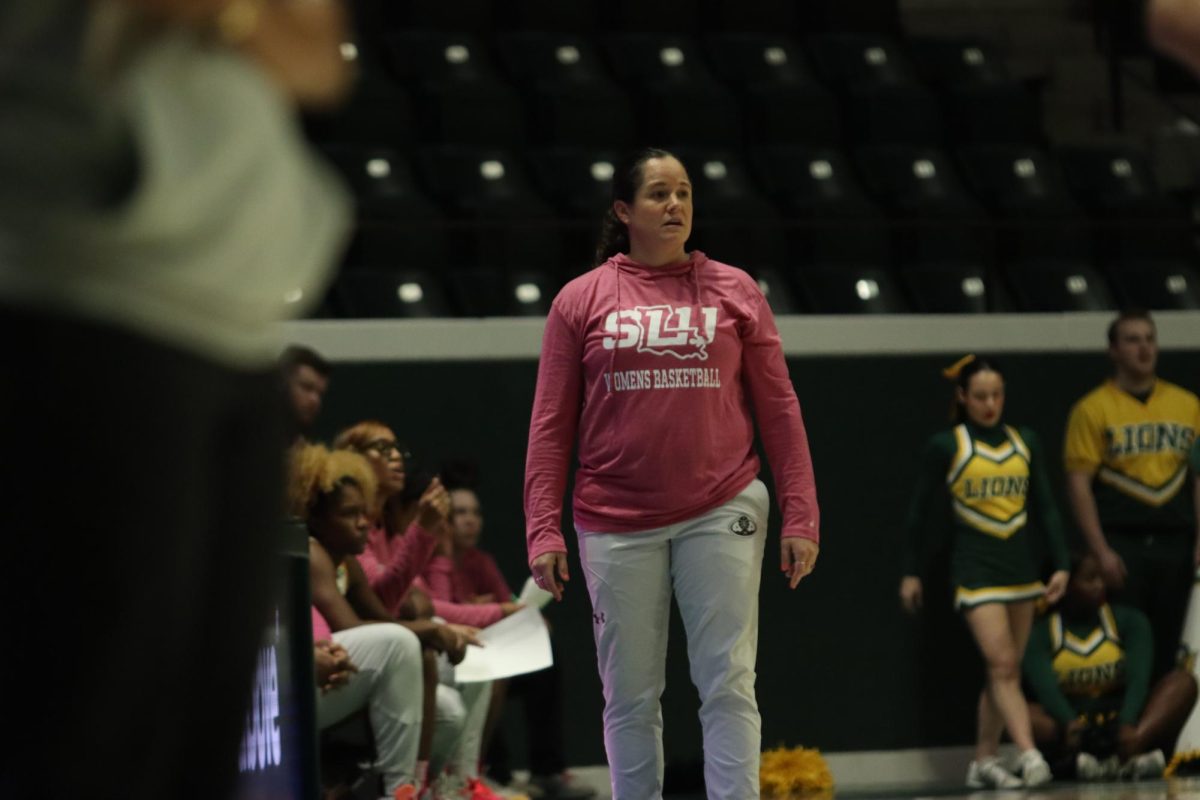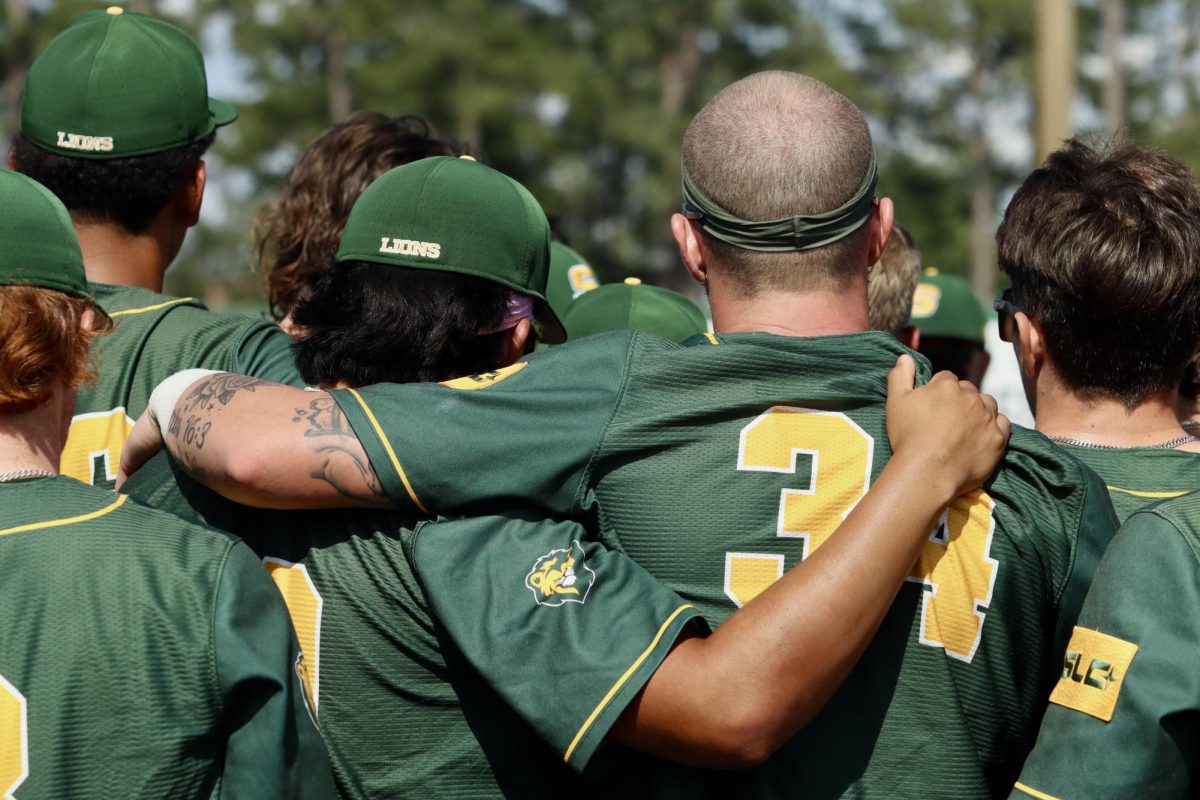Hurricane and tropical storm activity has escalated over the past few weeks in the Atlantic, wreaking havoc on several locations including Florida and Puerto Rico.
Although hurricanes Ian and Fiona avoided Louisiana, they serve as significant reminders that peak hurricane season is in full swing. In fact, October has seen some of the deadliest storms ever to hit the U.S. It was only two years ago that Zeta made landfall in Louisiana on Oct. 28.
This year is the seventh straight above-average hurricane season, according to forecasts from the National Oceanic and Atmospheric Administration (NOAA). The 2022 season, which lasts from June 1 to Nov. 30, has been predicted to have a 65% chance of above-average rain. Even though no hurricanes have made landfall in the Pelican State, residents – including Southeastern students – should still be on high alert in case one develops.
Here are some general tips for staying safe before, during and after a hurricane:
- Have a plan. Take precautions to ride out the storm in a safe place, away from any windows or doors. Keep in mind emergency services may not be able to reach you once the storm has hit.
- Prepare a basic emergency pack containing three days’ worth of water and nonperishable food items, like cereal, peanut butter and canned goods.
- Other essential items in an emergency kit are a battery-powered radio, flashlight, extra batteries and a fully-charged portable power pack for your phone.
- Put electronics in a safe, elevated spot away from windows if you are in an area prone to flooding, and only use your phone when it is absolutely necessary to preserve your battery. Switch your device to power-saving mode.
- Download Lion Safe, the official safety app for Southeastern.
- After the storm, take photographs of any damage and notify the appropriate people (local or on-campus leaders, your insurance company, etc.).
- Tell friends and relatives the storm is over and you are safe. Help your neighbors if needed.
- Don’t drive around to assess damage. After a storm, there may be fallen trees, branches and downed power lines. Lines do not have to be arcing or sparking to be live.
- Avoid standing water.
- Last but not least, be patient. It may take several days for power to be restored, and gas lines may be very long (if the gas station has any fuel available). Expect places like hardware and grocery stores to be swamped once they reopen.
In the event of an emergency such as a major storm, the university will send a notification via email alerting students, faculty and staff. To get emergency alerts through text messages or phone calls on your mobile device, you must first sign up.
For more information on getting ready for a major storm, FEMA (Federal Emergency Management Agency) lists and provides crisis tools for responding to a hurricane. The campus website also provides safety guidelines specific to the Southeastern campus for handling any approaching storms.


